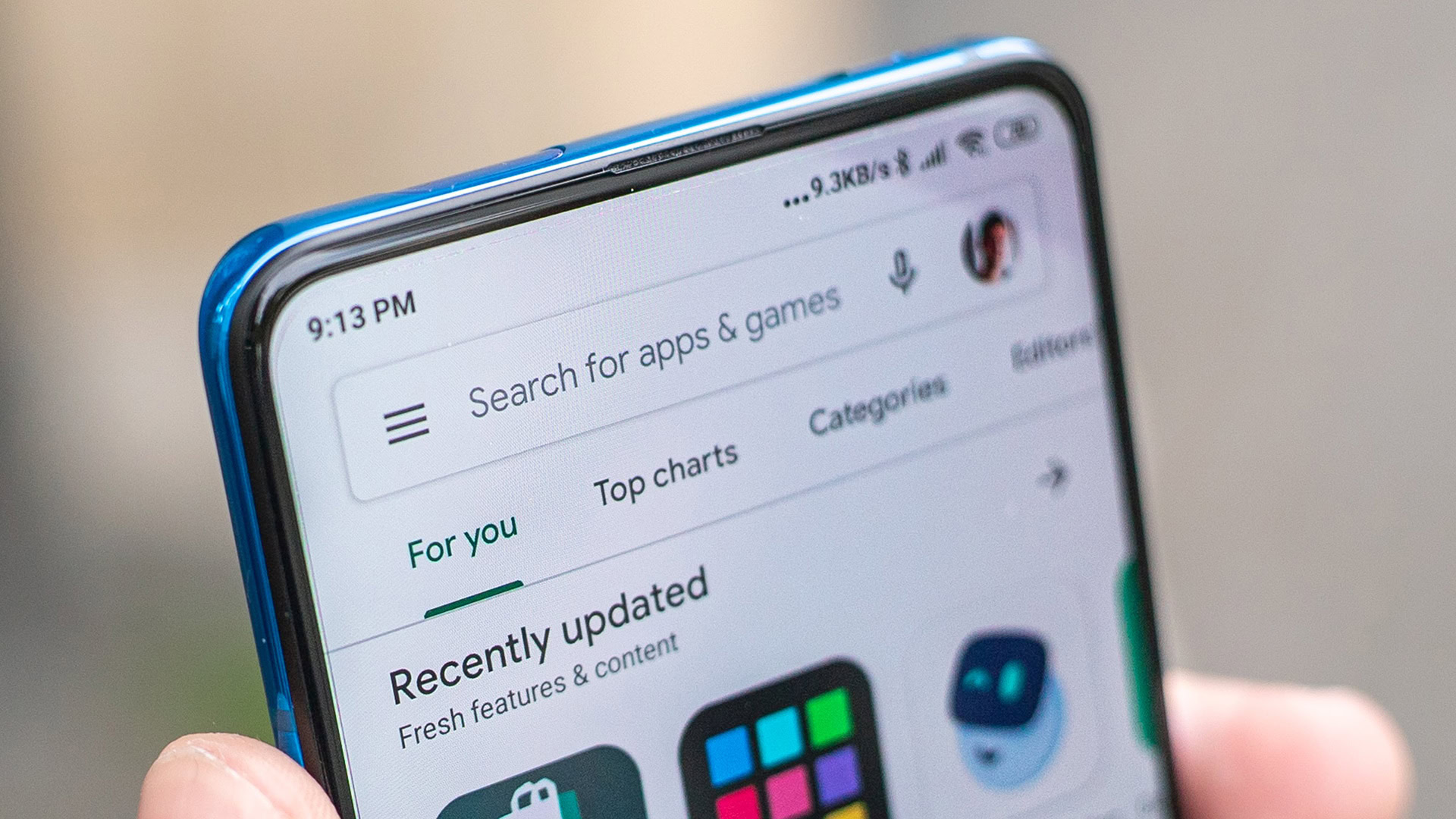Affiliate links on Android Authority may earn us a commission. Learn more.
What is Android? Here's everything you need to know
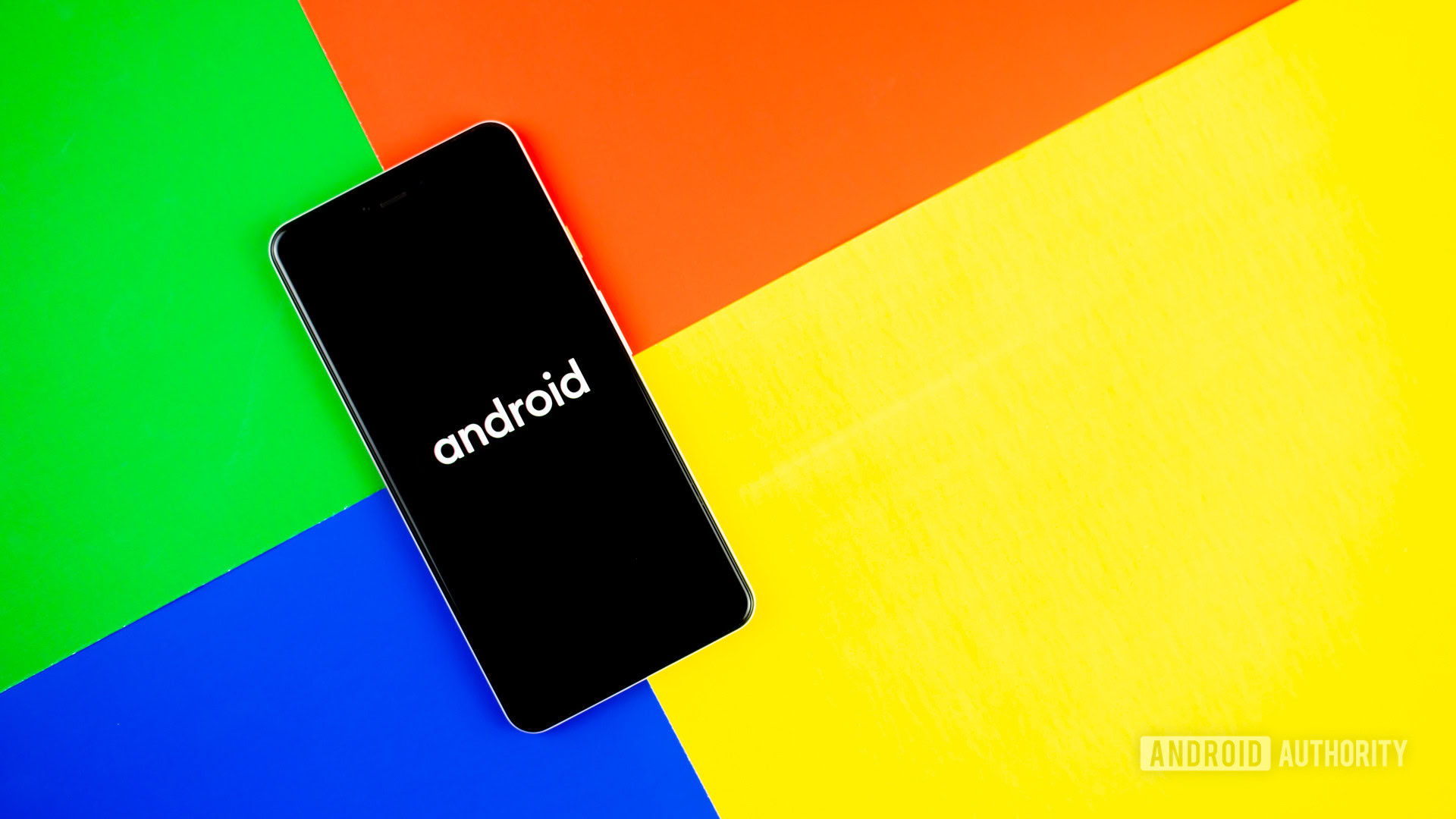
By now, most people know there are two major mobile operating systems: Google’s Android and Apple’s iOS. There used to be a lot more, but now pretty much every major mobile device runs one or the other. This is a site with “Android” in its name, so we might have visitors wondering: “What is Android?” That’s a huge question, and we’ll answer it as thoroughly as possible here!
Even if you’re a smartphone pro, there could be a lot to learn in the sections below. But if you’re new to the world of smartphones — or just the world of Android — this is the perfect place to get up-to-speed on the world’s most popular operating system.
What is Android? Here are the basics
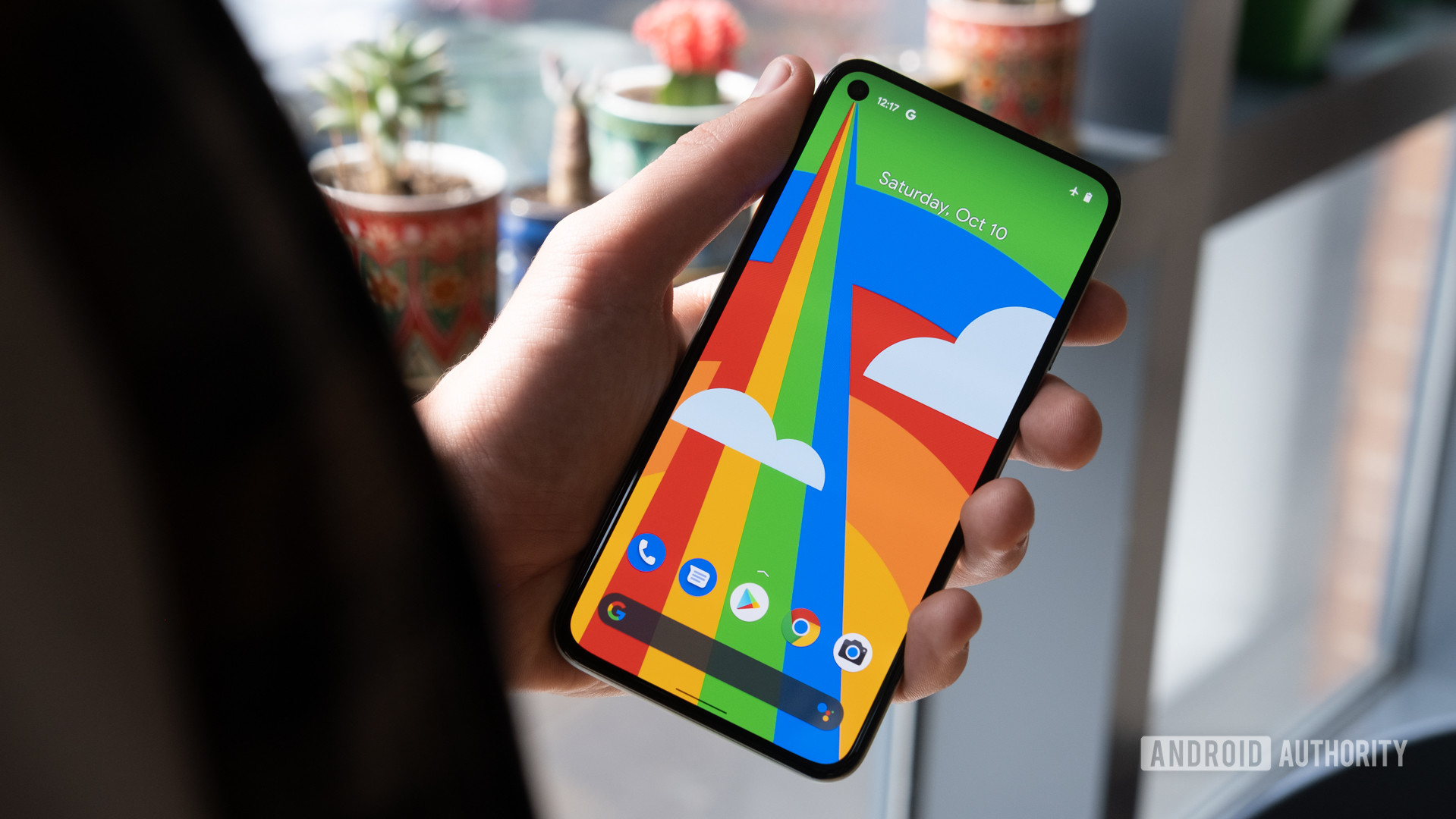
Android is a mobile operating system that has been around for nearly 15 years. You’ll primarily find it as the base operating system of phones and tablets worldwide. Additionally, other operating systems natively support Android applications, including Chrome OS and Windows 11.
Search giant Google owns this mobile OS. However, the system is open source, making it freely accessible to anyone, even for commercial use. This makes it very different from Apple’s iOS, macOS, and Microsoft’s Windows, all closed-source platforms.
See also: Google buyer’s guide — Everything you need to know about Google hardware
Android is by far the world’s most popular operating system. GlobalStats’ Statcounter puts Android in the lead in mobile OS market share with a 69.74% as of January 2022. This dwarfs Apple’s iOS by a significant margin, which is the second-most-popular mobile operating system globally at 29.49%.
There are over 2.6 million applications available from the official Google Play Store, but you can also sideload apps from the web. This variety makes these phones very powerful and customizable — but also susceptible to viruses and other types of malware.
If you don’t know what some of these terms mean, don’t worry: we’re going to explain everything in more detail!
What is an operating system?
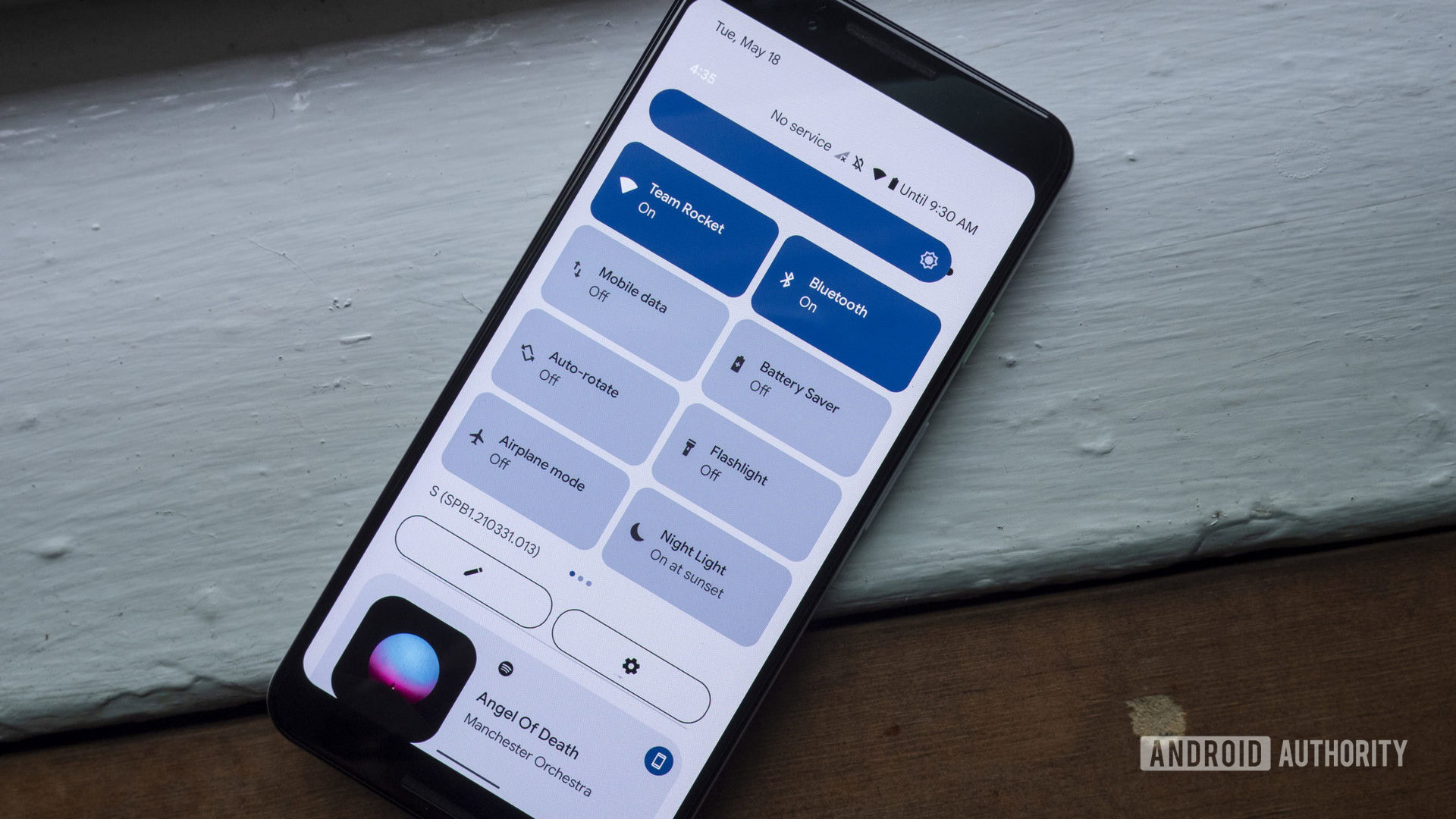
If you ask, “What is Android?” you’re likely to hear back, “It’s an operating system.” That answer is only helpful if you know what an operating system is!
In brief, an operating system is computer software that works to integrate hardware and software resources. It allows for different types of hardware to work together while simultaneously providing a platform for various bits of software to work with that hardware and, consequently, other pieces of software.
Related: What is an SoC? Everything you need to know about smartphone chipsets.
If that’s still confusing, think of the analogy of a stage play. To put on a play, you’ll need a stage, lights, microphones, and other pieces of hardware. You’ll also need actors, stage crew, ushers, and other workers, which would be analogous to software. In this analogy, the play’s director would be similar to an operating system, as he would act as a conduit that instructs everything on how to work together. Without the director, you’d just have a ton of unused hardware with a bunch of people running around with no idea what to do.
In the case of smartphones, Android acts as the “director” for the unique hardware in your phone and the apps you’ve chosen to install.
Where you’ll find Android — from phones to smartwatches
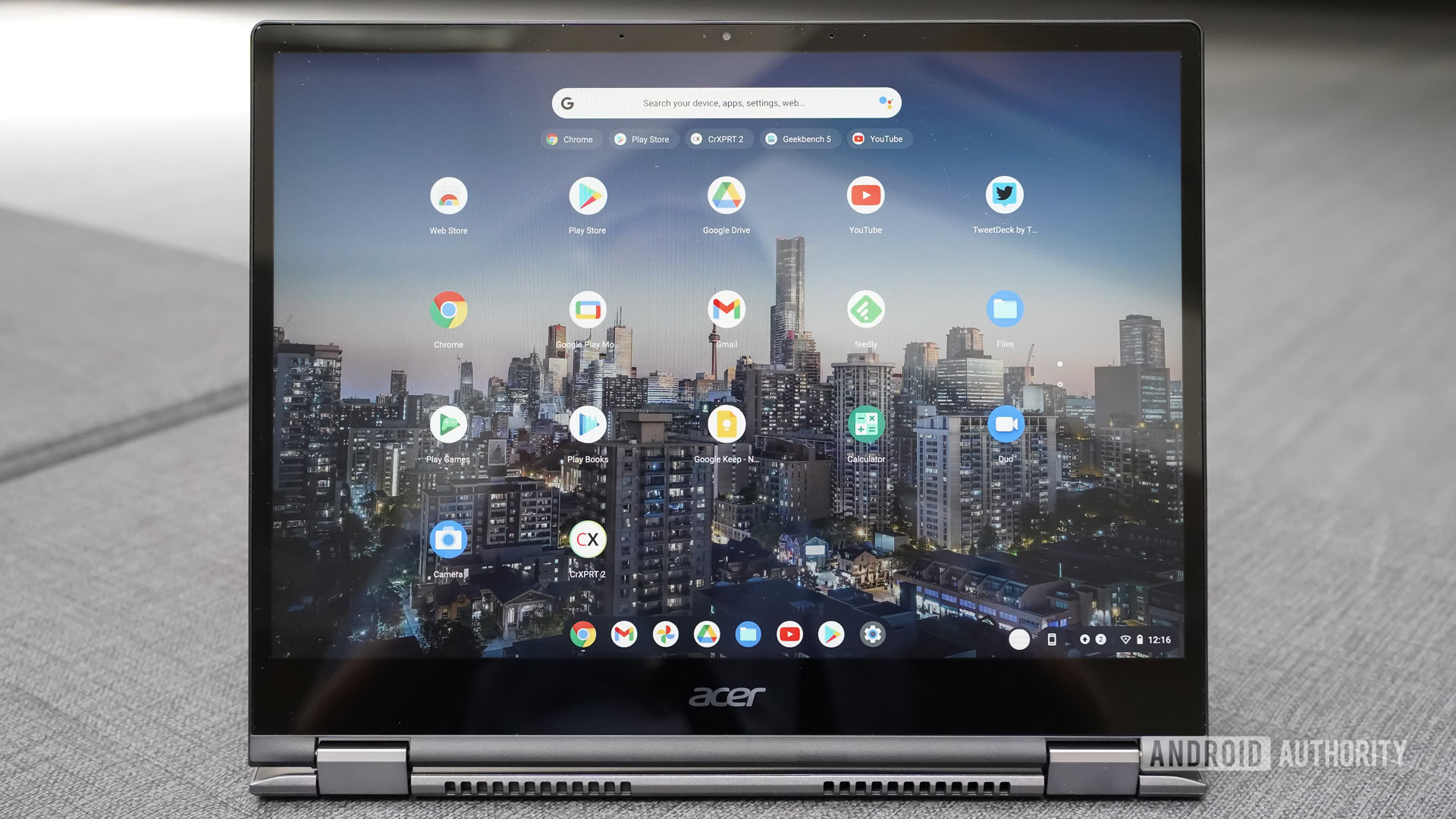
When most people think of Android, they think of phones. While it’s true that most devices are smartphones, there are plenty of other devices out there with Android on board.
Tablets are the most obvious secondary Android device. After all, they are just big phones, in many respects.
It also appears on smartwatches. If you own a watch that runs on Wear OS, that is an Android-based operating system. What is an Android-based operating system? That’s when someone takes Android and tweaks it to make it something different but still based on the same core code.
Android doesn't just appear on phones. There are a whole lot of systems on which you can find it.
There is also a TV platform, appropriately called Android TV. We also can’t forget about Android Automobile, an Android-based software that powers vehicles. However, don’t confuse this with Android Auto, a way for smartphones to integrate with dash systems in cars.
Finally, other operating systems out there are not based on Android, but do support running its apps. Recent versions of Chrome OS allow for this. That means nearly all Chromebooks on the market also support Android apps. Starting in late 2021, Windows 11 will also support Android apps.
The early beginnings of Android
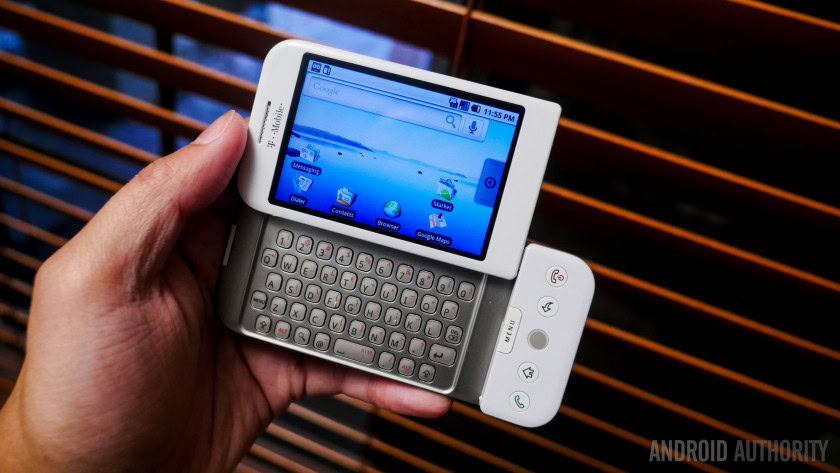
Believe it or not, this software was designed for cameras. Andy Rubin and his team developed Android beginning in 2003 by using core code from Linux, another open-source operating system. The idea was to make a universal operating system that all camera companies could use.
However, during the later development of the OS, Rubin realized that smartphones were the future. He decided to revamp it as a smartphone operating system instead. The idea didn’t attract much investment since Windows Phone, Symbian, and other phone operating systems were already dominating the market. Rubin and his team almost stopped development when they ran out of money.
Related: Did you know that Windows 10 Mobile (almost) supported Android apps?
In the end, a generous monetary gift from a friend kept the team going, and Google swept in and bought Android for about $50 million in 2005. The Android team worked under Google to develop an operating system that worked well on mobile phones with physical buttons and full QWERTY keyboards.
However, the arrival of the iPhone in 2007 forced the team to go back to the drawing board. They revamped Android again to also work with touchscreens. This resulted in the HTC Dream, also known as the T-Mobile G1, the very first commercial Android phone. It had a touch screen and a QWERTY keyboard, as seen above.
Since then, there have been thousands of phones, and it is now the most popular operating system in the world.
Android is open source, but what does that mean?
When something is open source, it means the copyright owner allows its use for any purpose, without any need for financial remuneration. As mentioned earlier, the core code of Android is based on open-source software called Linux. This means that Android, by definition, must also be open source.
To better understand this, let’s look at the opposite: closed-source software. Apple’s iOS is closed source, which means that no one can use it unless the copyright holder — in this case, Apple — gives permission. If you were to obtain the source code of iOS and release it on any device, Apple could sue you for infringement on its ownership.
See also: The best open-source apps for Android
With open-source software, this limitation is gone. Instead, the person or company using the software simply needs to abide by a set of rules related to the licensing of that software. Our own Gary Sims explains these rules in the video above. In brief, this means that their “new” software must also be open source, and they must make the code readily available to anyone who would like to use it.
The open-source nature is one of the main reasons it is the most popular operating system in the world. Since anyone can use it for free, it’s incredibly easy for companies of all sizes to create terrific products without needing to invest in creating their own operating system. This is why you find Android in all manners of electronics from different brands.
You might be wondering why Google is OK with giving away this product for free. The explanation is actually pretty simple; some aspects of Android you use on your phone are not open source. As you’d imagine, these are some of the most vital apps and services made for Android.
What is Android’s Google Play Service?
The core of Android is open source, which we call “stock” or “vanilla.” This software lands as part of the Android Open Source Project (AOSP). This is Android in its purest, most basic form.
However, the Android you get with almost all smartphones has tons of other software incorporated that is not open source. Most of this software falls under a system called Google Play Services. This brings Google-branded products to Android, including the Google Play Store, Gmail, YouTube, etc.
In other words, you can use AOSP software all you like for free, but you can’t use Google all you want. Like Apple’s tight control of iOS, Google tightly controls Google Play Services. To use it, you need a license and to agree to let Google earn money from your products.
Android might be open-source, but Google's very lucrative ecosystem certainly isn't.
Even though most of the world closely associates Google and Android, there are plenty of Android-based devices out there without Google Play Services. For example, Google does not allow most of its products in China. If you go there, you can easily find Android phones without Google. There will be app stores, apps, and all sorts of familiar features, but not from Google. A more US-centric example would be Amazon’s Fire tablets, which utilize a custom version of Android called Fire OS that substitutes Google apps for Amazon’s in-house options.
Throughout most of the world, though, Google is inseparable from Android. This is by design. Android’s dependence on Google earns the company billions.
Who maintains the OS?
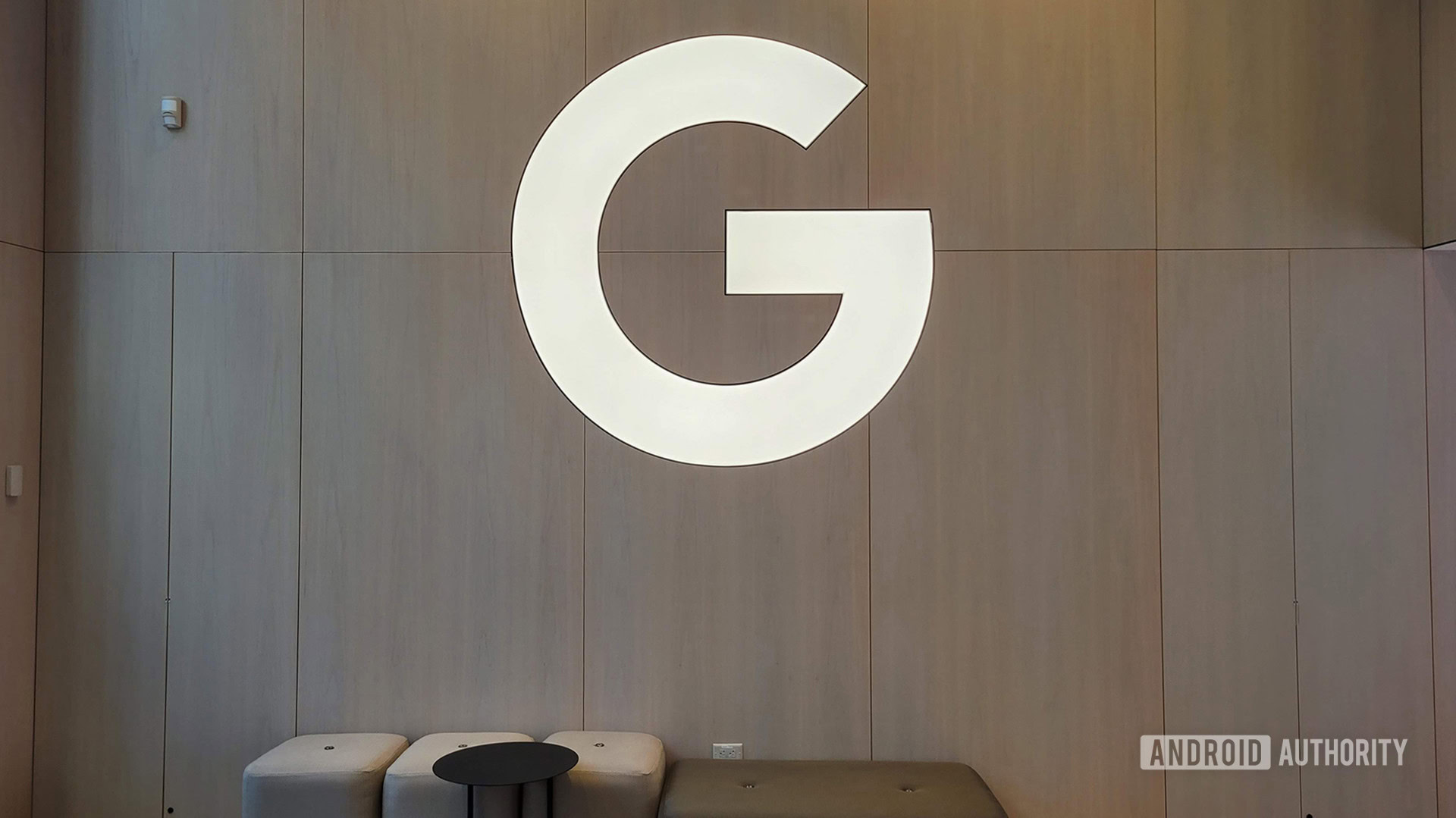
The answer to this question has a few facets. In brief, Google employees maintain the core experience. They are responsible for adding new features, updating old ones, and ensuring Android follows open-source principles.
However, there’s more to it than that. Most manufacturers also “skin” the operating system, which means they create their software that lives on top of Android. This is why the Android you find on a Samsung phone and the software you see on a OnePlus phone function similarly but look very different. Each manufacturer maintains its Android skin.
There’s also the question of distributing Android. Obviously, your phone comes with a version of Android when you first take it out of the box. But how does it get updates? Depending on how you bought the phone, an update could need to pass through multiple rungs. First, it needs to come from Google. Then, it needs to get tweaked by your phone’s manufacturer to make sure the skin still works well. Then, it may need to go through your carrier, because it also usually customizes phones it sells.
Also consider: The best launchers available
This long chain of events is one of the big reasons Android phones don’t see updates as often or for as long as iOS devices. For iPhones, Apple controls everything. There are no skins, and carriers have little ability to interfere with how iOS looks and works. In essence, Apple can push an update to every iPhone around the world quickly and easily with little influence from carriers or other companies. Android phones don’t have this luxury; some get close, though.
Google’s Pixel phones are updated directly from the search giant, have no modified UIs, and are always the first to get newer software versions. Google also promises Android software updates for at least three years after a phone is launched. These devices also get a five-year commitment for security updates.
Android versions: A brief history
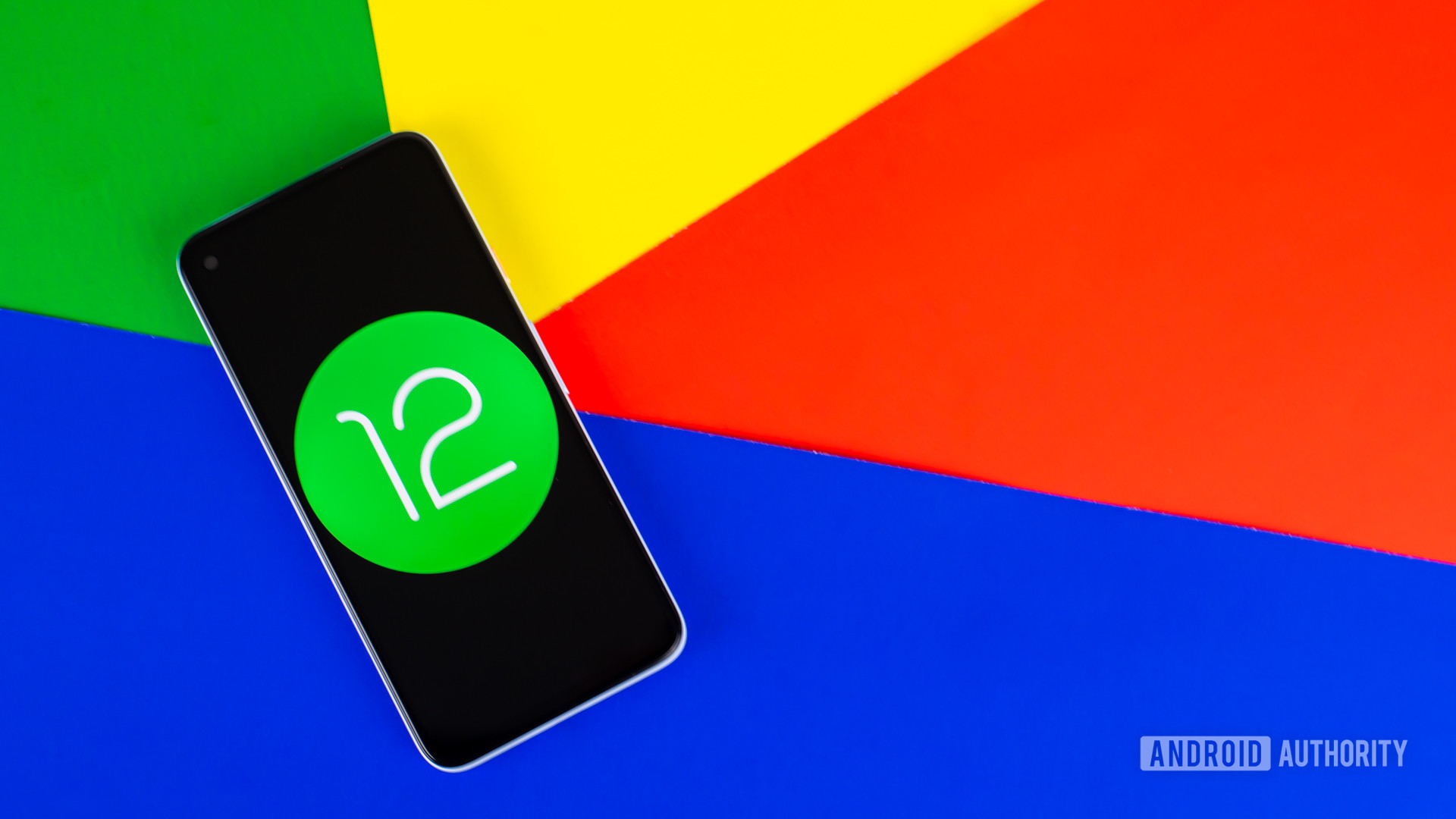
As of today, there have been 19 versions of Android, with 12 major releases. The most recent stable version of the operating system is Android 12. Android 13 is currently in the works, and we should expect to see its launch around August 2022.
Initially, Google named Android after “sweet treats.” Each treat name happened in alphabetical order, starting with the letter “C” in 2009. However, Google abandoned this trend in 2019 with Android 10.
Here are all the major Android releases:
- 2009 — Cupcake (v. 1.5)
- 2009 — Donut (v. 1.6)
- 2009 — Eclair (vs. 2.0, 2.0.1, and 2.1)
- 2010 — Froyo (vs. 2.2 through 2.2.3)
- 2010 — Gingerbread (vs. 2.3 through 2.3.7)
- 2011 — Honeycomb (vs. 3.0 through 3.2.6)
- 2011 — Ice Cream Sandwich (vs. 4.0 through 4.0.4)
- 2012 — Jelly Bean (vs. 4.1 through 4.3.1)
- 2013 — KitKat (vs. 4.4 through 4.4W.2)
- 2014 — Lollipop (vs. 5.0 through 5.1.1)
- 2015 — Marshmallow (vs. 6.0 through 6.0.1)
- 2016 — Nougat (vs. 7.0 through 7.1.2)
- 2017 — Oreo (vs. 8.0 and 8.1)
- 2018 — Pie (v. 9.0)
- 2019 — Android 10
- 2020 — Android 11
- 2021 — Android 12
Android 11 introduced several new messaging, privacy, security, and accessibility features. However, it looked mostly the same as Android 10, and Android 9 Pie before it.
With Android 12, we saw Google totally revamping how the operating system looks and feels. There are also even more features and controls related to privacy and security.
Android 13 won’t see that huge of a redesign, but so far, we’ve seen plenty of great added features. These include improved security functions, better Material You theming, per-app language options, programmable shaders, and more.
If you are curious which version of you have on your device, head to Settings > About phone > Android version.
Apps: How you can get them
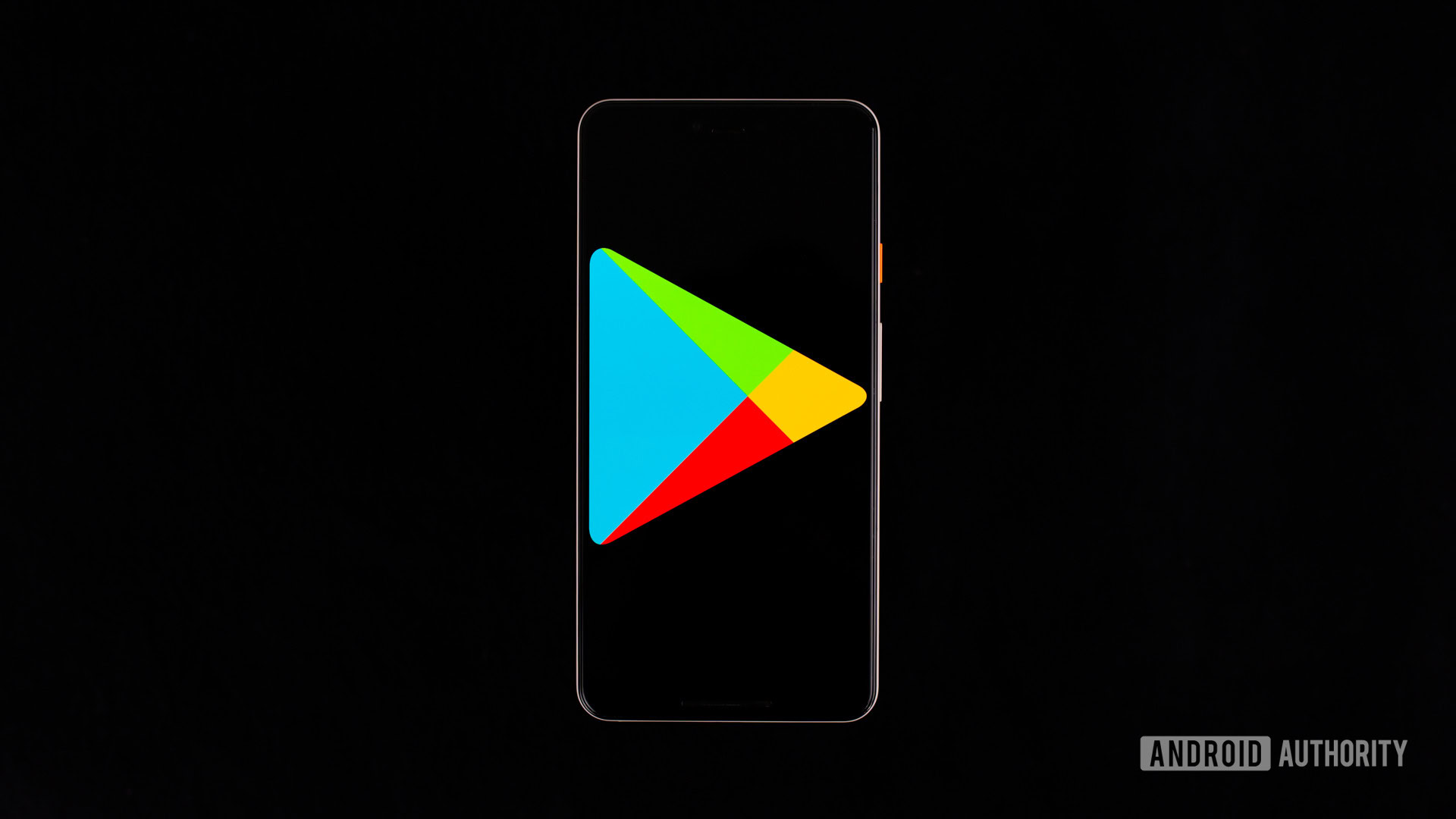
Assuming you have a device with Google Play Services on board, the easiest and safest way to get Android apps is to use the Google Play Store. This comes pre-installed on all Google-supported phones, tablets, and other devices. Just open the app and search for whatever game, program, media, or other product you’re looking for. Many of them are free, but some will require payment.
Best apps lists:
If you don’t have a device with Google Play Services, you likely have access to a different app store. The most common example of this is Amazon devices, which come with a pre-installed Amazon App Store. Another example is modern HUAWEI devices, which will have App Gallery. Consult your device’s manufacturer if you are unsure which app store you should be using.
Regardless of your device’s particular app store, you can also manually install apps by downloading them from the open web. This is called “sideloading.” Generally, this practice is safe. However, there is an inherent security risk to sideloading apps as they do not need to meet the safety requirements enacted by app stores. As such, you should only sideload apps from trustworthy sources.
See also: How to install third-party apps without the Google Play Store
Android vs iOS: The mobile OS battle
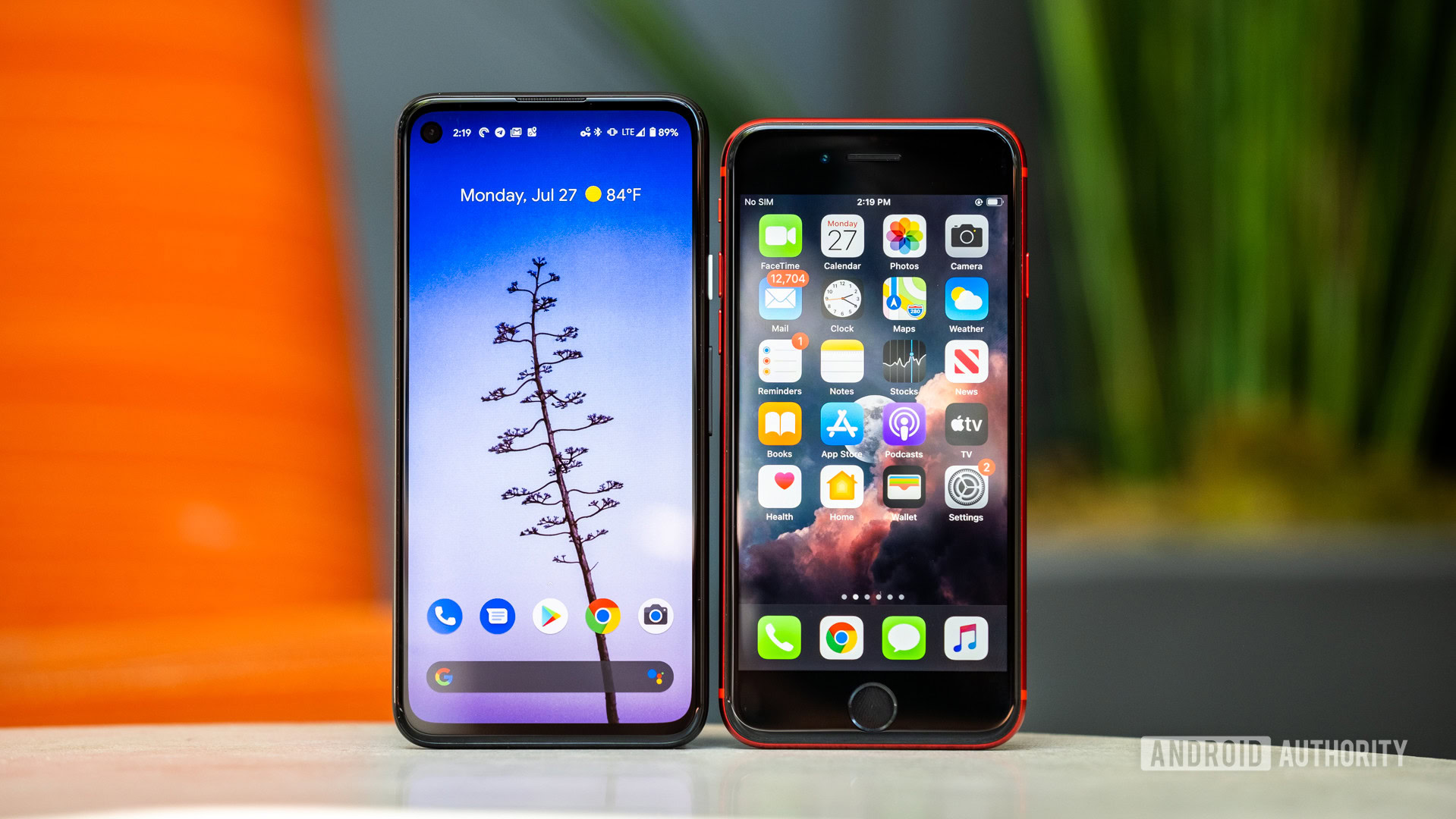
We’ve already touched a few times on what makes Google’s OS different from Apple’s iOS. However, we want to point out that the two operating systems have become much more similar than different over the years.
In the early days of the smartphone industry, Android and iOS were wildly different. Each OS offered features the other didn’t. They also didn’t look at all similar. This dichotomy created an “Android vs iOS” culture that still pervades today.
Really, though, there are only a handful of things Android can do that iOS can’t (and vice versa). Google and Apple have been cribbing from each other so much over the years that the two operating systems are closer than ever.
Even after 10 years, the Android vs iOS war rages on, even though both systems are very similar nowadays.
The only distinct difference between the two is how much control Apple has over iOS — and how Google doesn’t have that same level of control over its mobile OS. For example, it is impossible to sideload apps on an out-of-the-box iPhone, and there’s only one app store (the Apple App Store). Apple also tightly controls the kinds of apps developers can make for iPhones.
By contrast, we’ve already discussed how easy it is for you to install Android apps from other stores or even from the open web. Additionally, Google allows you to choose which apps you use for pretty much every smartphone function, from your browser to your messaging apps to your keyboard.
The advantage to Apple’s model is that iOS is more uniform, safer, and allows devices to see updates for long periods. The downside, of course, is that the user doesn’t have as much say as to what they can do with their device.
Are you moving from an iPhone to an Android? We have a guide to help you with the process, and then you can start looking at Android’s most remarkable features. It would help if you also played around with the settings to improve your experience.
